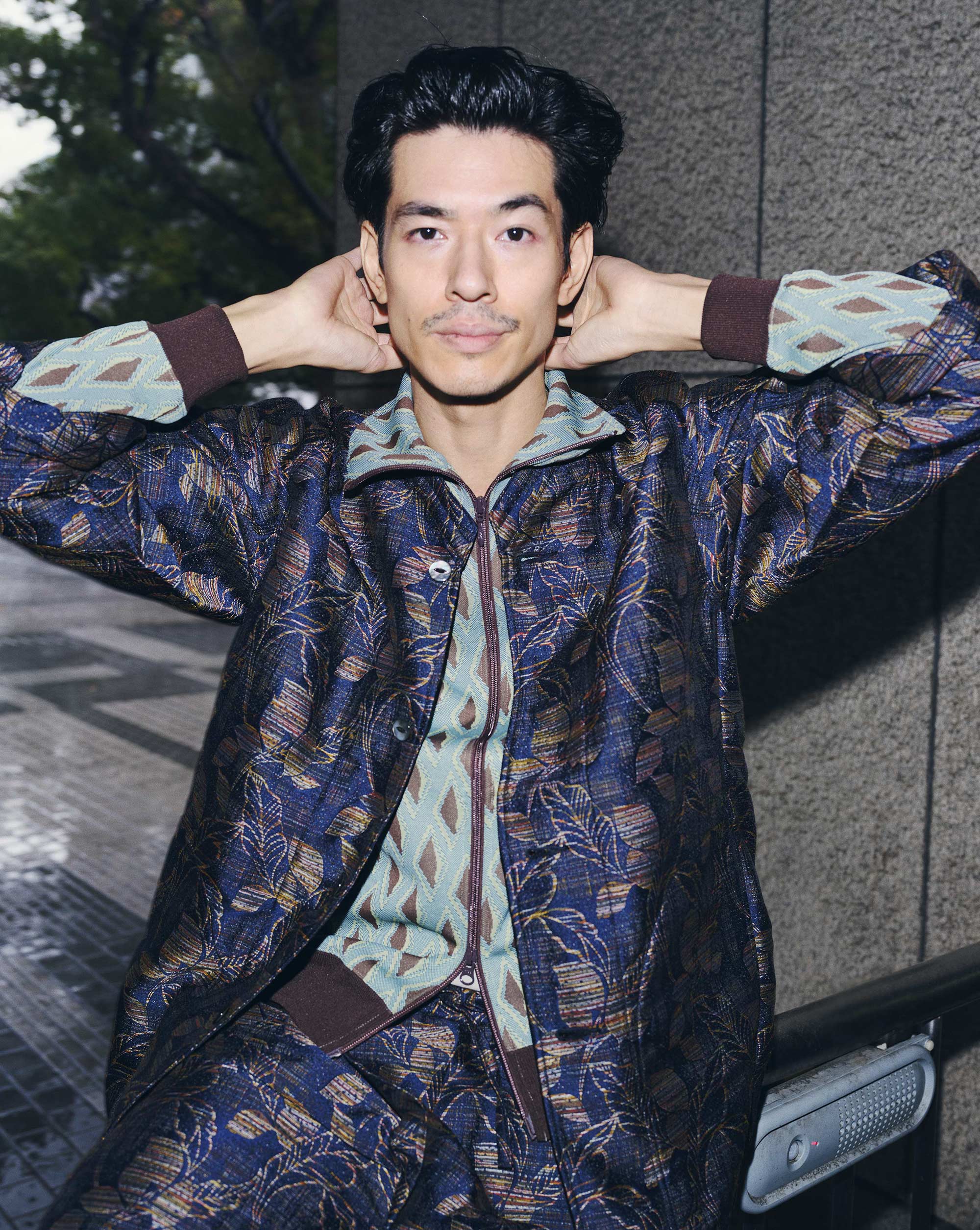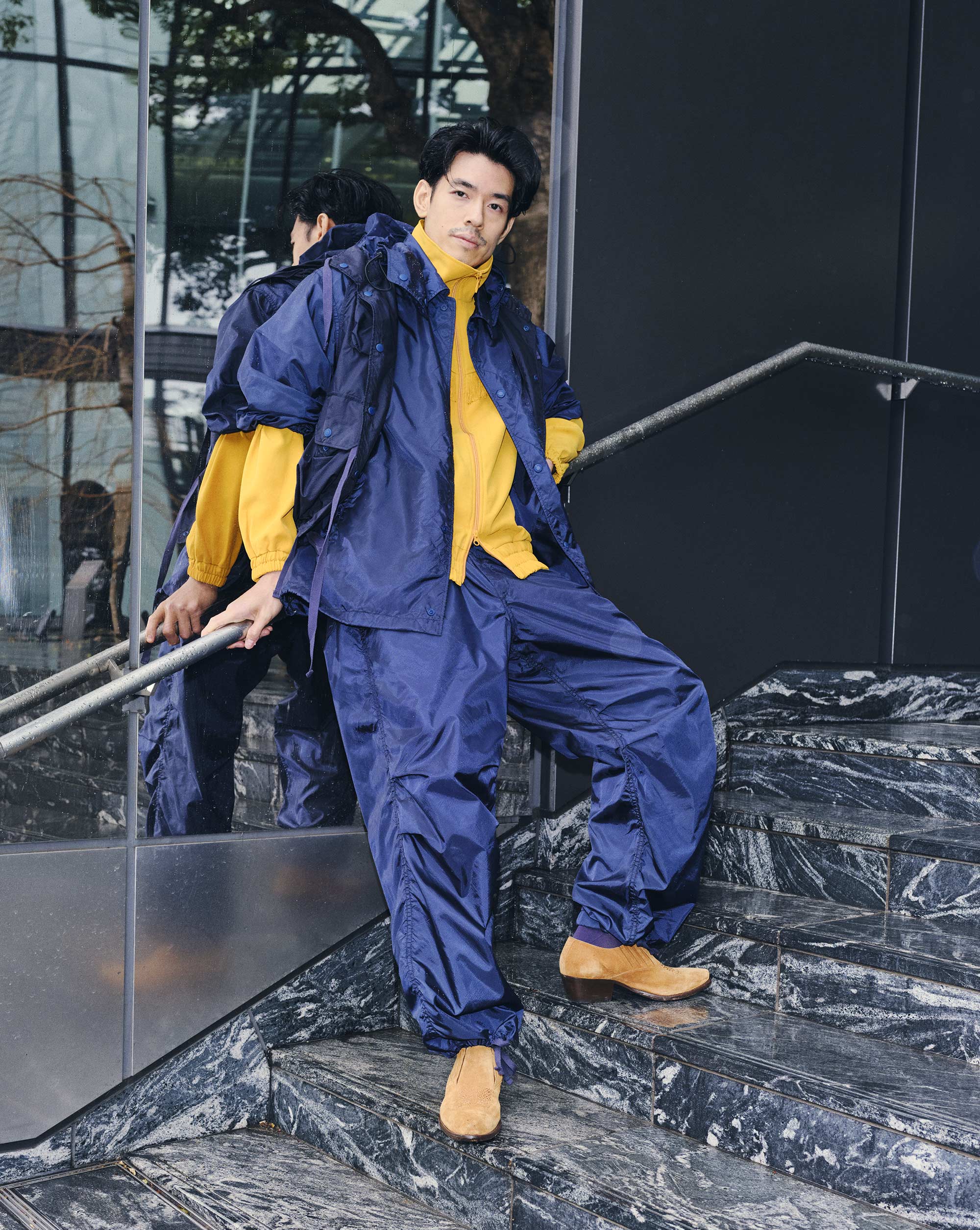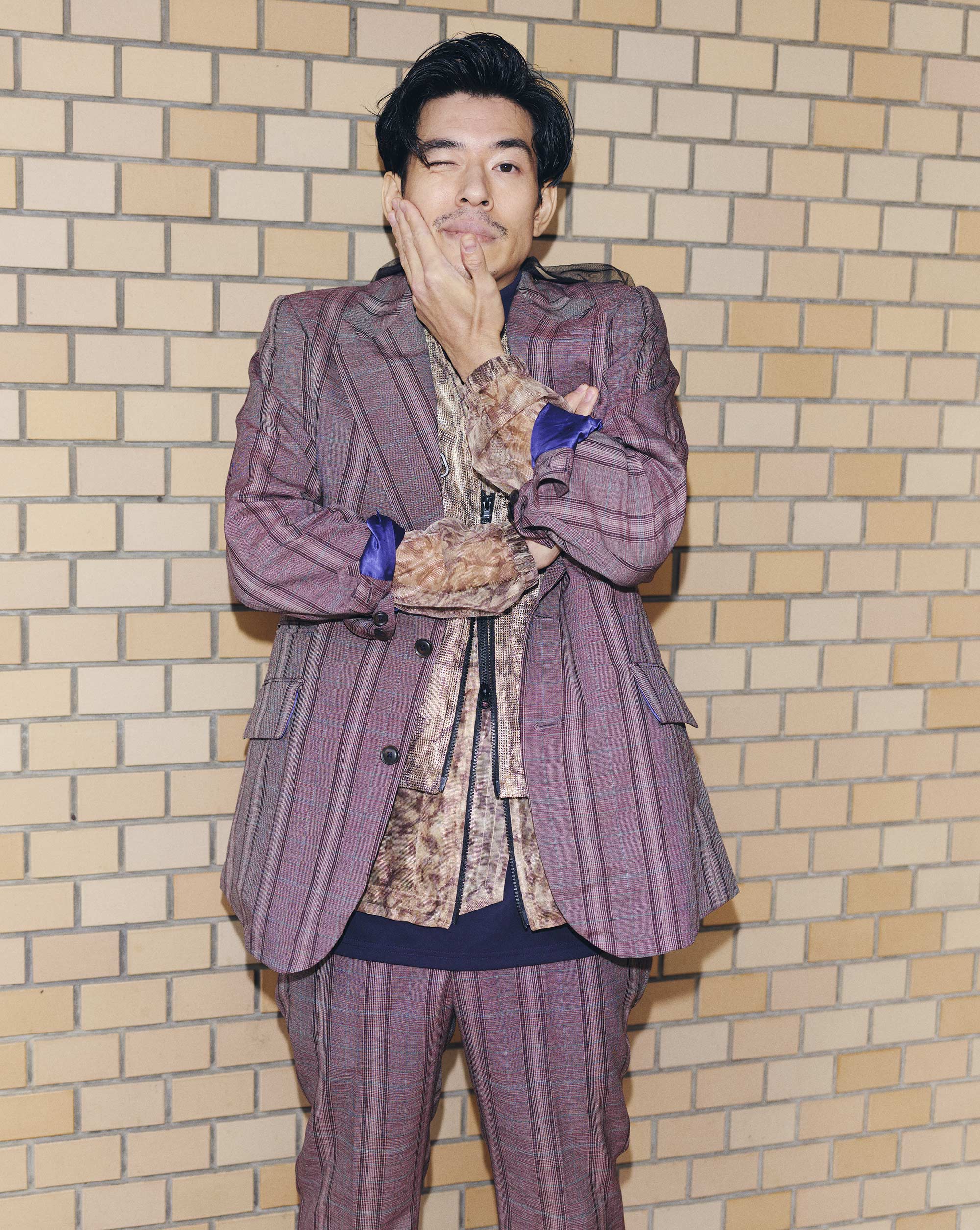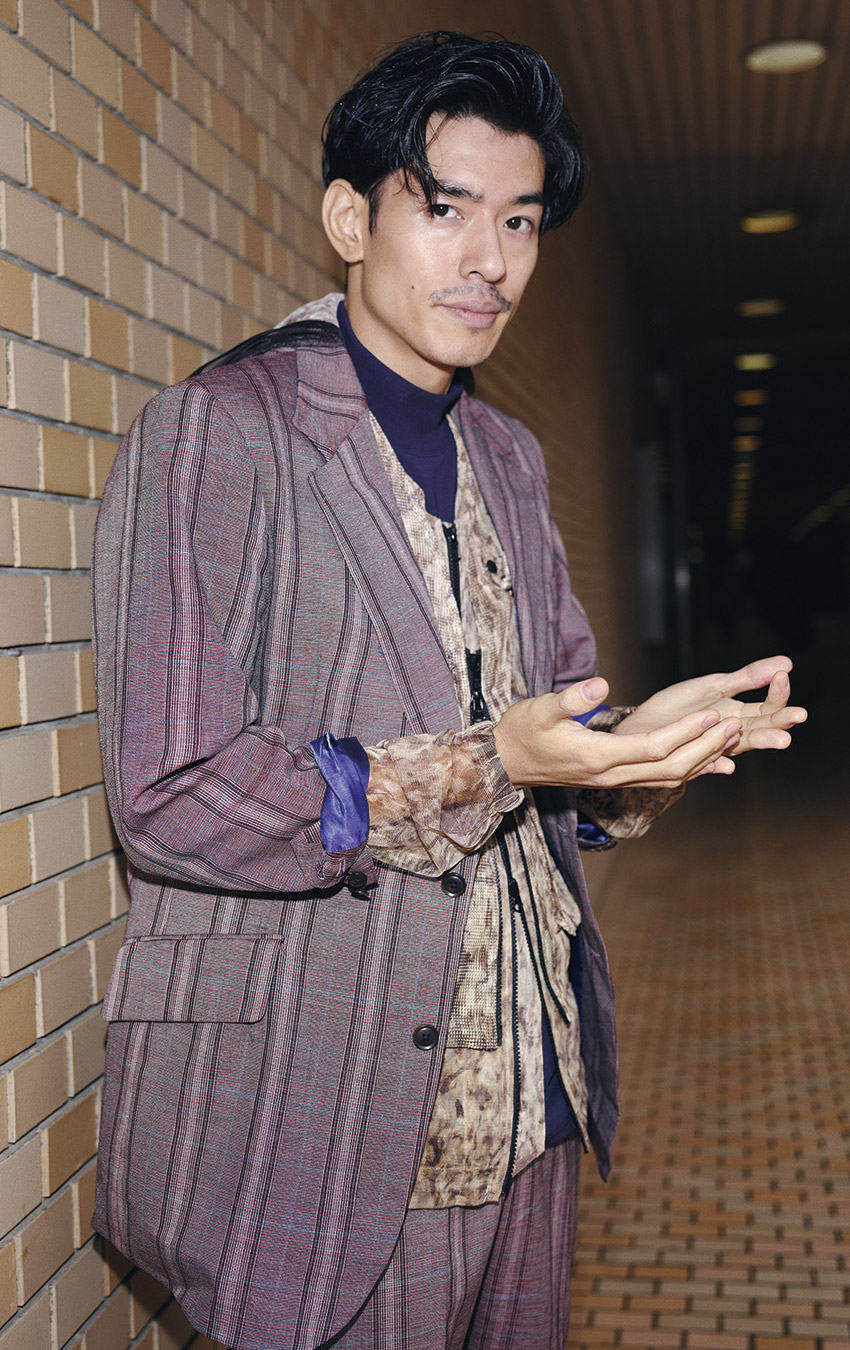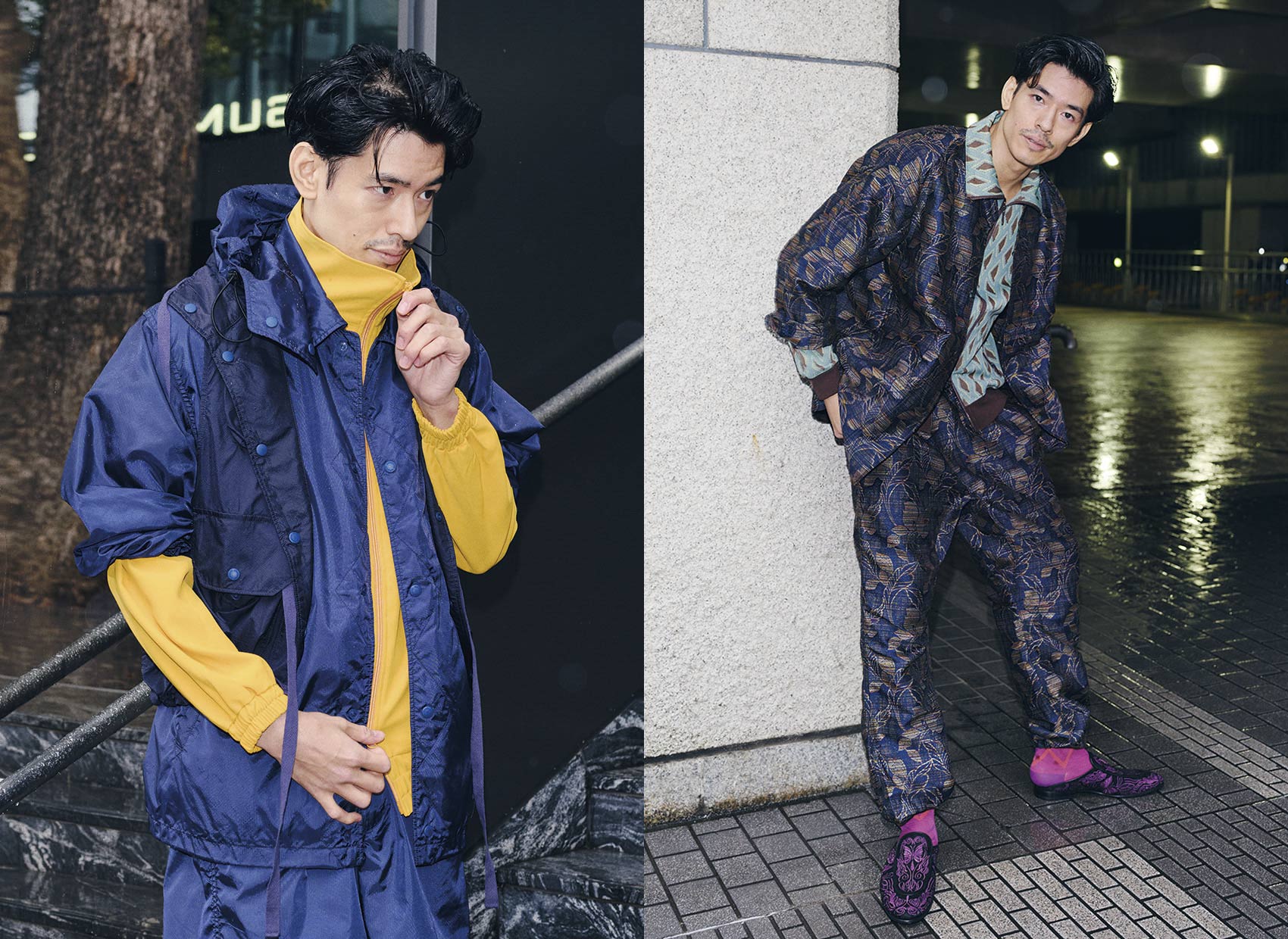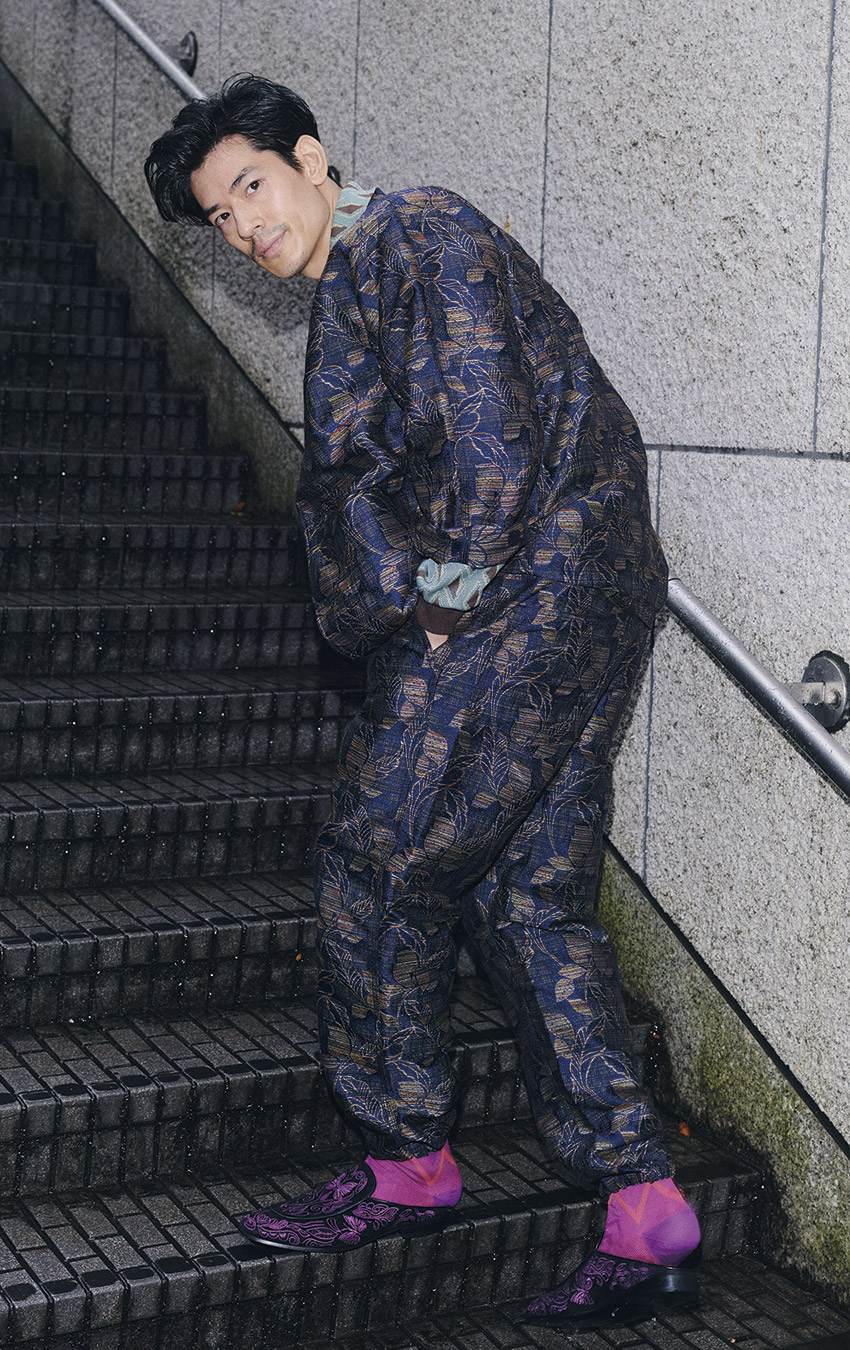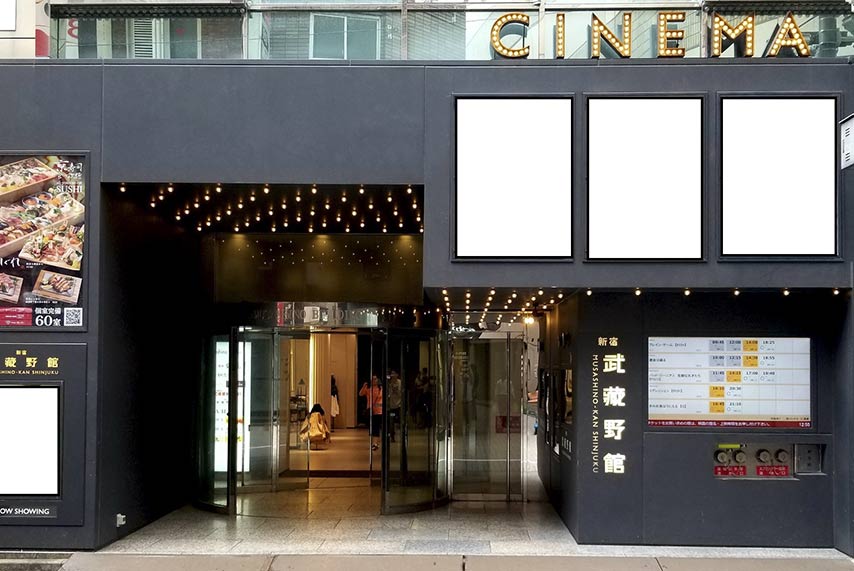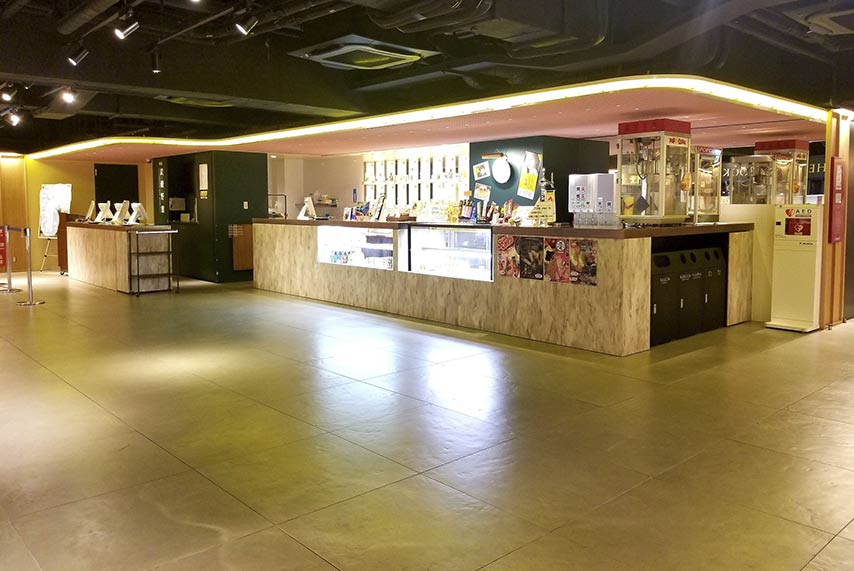武蔵野館 / Musashino-kan
東京都新宿区新宿3-27-10 武蔵野ビル3F
3F Musashino Bldg., 3-27-10 Shinjuku, Shinjuku-ku, Tokyo
1920年に発足した老舗の映画館。 移転や再建工事などを経て、 2016年にリニューアルオープン。 2020年6月には開館100周年を迎えた。 収容人数は3館合計299人。 新宿を代表するミニシアターで、 多種多様なジャンルの作品を上映する。
A long-established movie theater built in 1920. It reopened in 2016 after relocating and reconstruction before celebrating the 100th anniversary in June, 2020. The maximum capacity of the venue is 299 in total of three screens. It is one of Shinjuku’s most known indie movie theaters and screen works in various genres.

